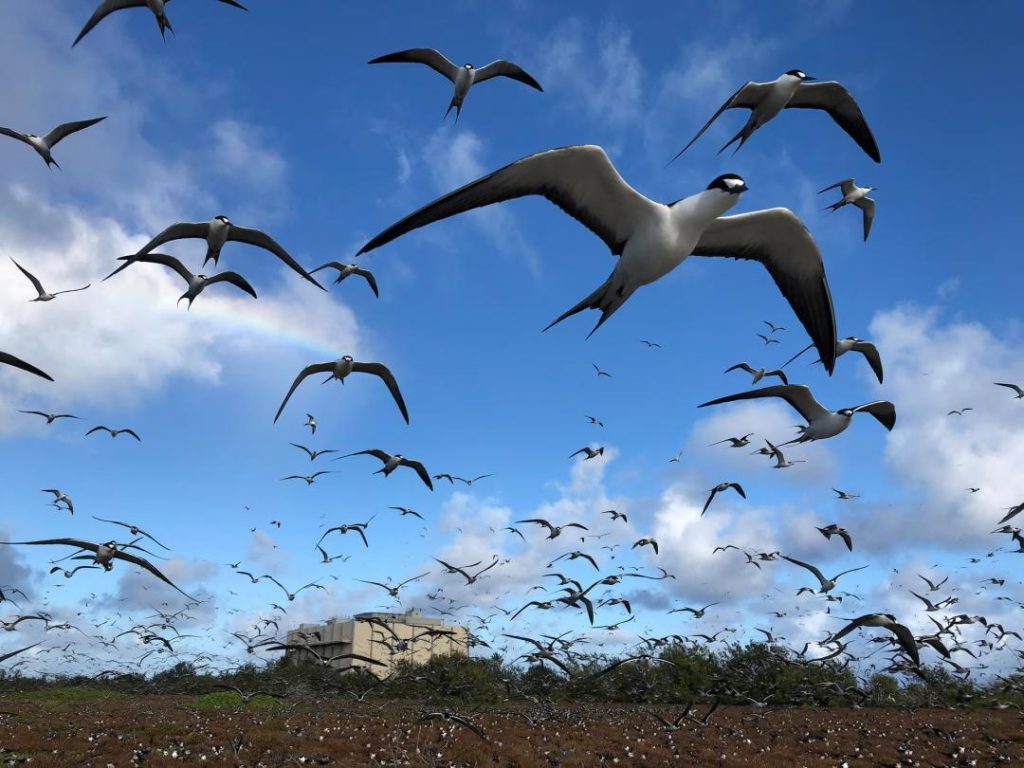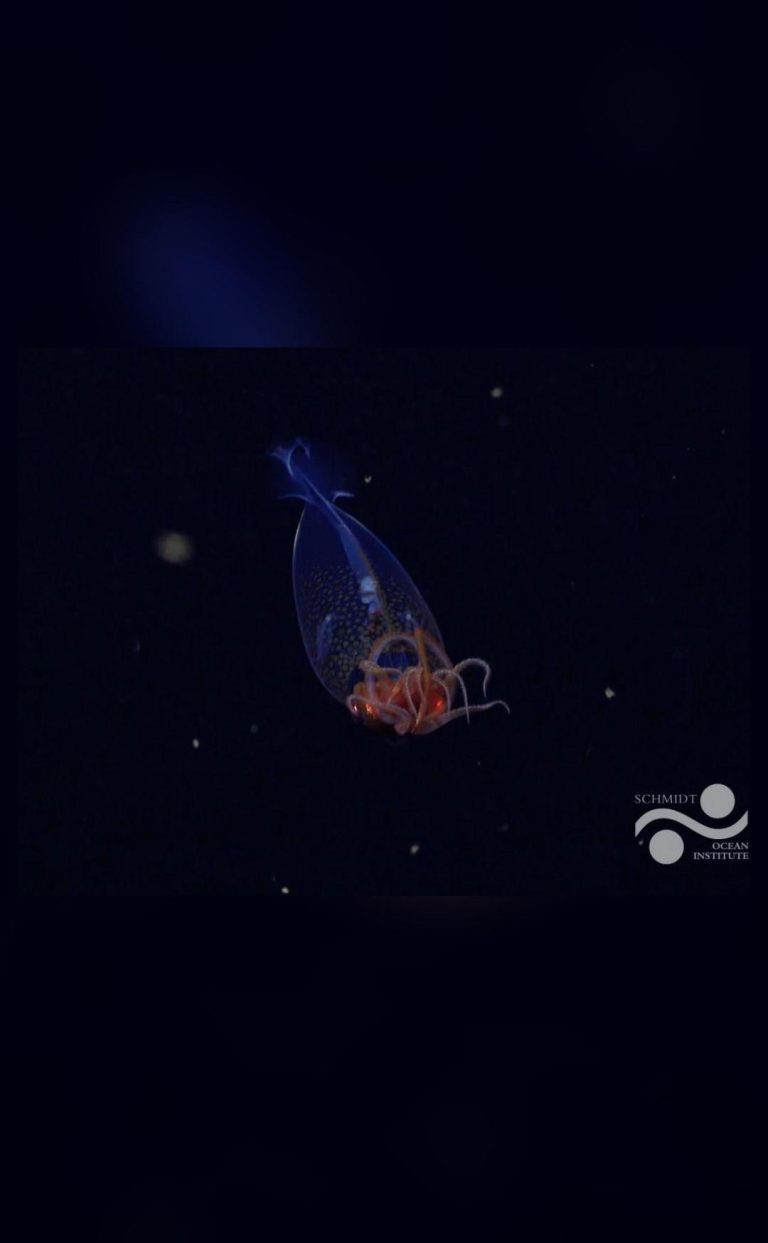
How Can SpaceX Rocket Cargo Project Put Pacific Seabirds at Risk?
In an effort to revolutionize the way cargo is transported, SpaceX, in collaboration with the US Air Force, is embarking on a groundbreaking project to test hypersonic rocket cargo deliveries from a remote atoll in the Pacific Ocean. The ambitious project aims to demonstrate the capability of reusable rockets to transport cargo at incredible speeds, potentially transforming the logistics industry. However, experts have raised concerns that this project could have an unintended consequence: putting Pacific seabirds at risk.
According to University of Texas wildlife biologist Ryan Rash, the rocket’s sound could scare birds away from their nests and make them “anxious and unsure” of returning. “This could result in a loss of generation,” added Rash. The impact on seabirds is not limited to immediate disturbance; the long-term effects could be devastating, potentially leading to a decline in population numbers and even extinction.
The Pacific seabirds, which are already vulnerable due to habitat destruction, climate change, and other human activities, are a vital part of the ecosystem. They play a crucial role in maintaining the balance of the marine food chain and provide important ecological services. The loss of these birds could have far-reaching consequences for the entire ecosystem, disrupting the delicate balance and potentially leading to cascading effects throughout the food chain.
The concern is not limited to the immediate impact of the rocket’s sound. The repeated launches, which are planned to occur several times a week, could create a cumulative effect, making it difficult for the birds to adapt and recover. The disturbance caused by the rockets could also lead to a decline in the birds’ ability to find food and shelter, further exacerbating the problem.
Moreover, the project’s location on a remote atoll in the Pacific Ocean makes it challenging to monitor and mitigate the impact on seabirds. The atoll is a critical habitat for many seabird species, providing a safe haven for breeding, nesting, and feeding. The disruption caused by the rocket launches could have a significant impact on the birds’ ability to thrive in this ecosystem.
The concerns raised by wildlife experts are not new. In recent years, there have been numerous studies highlighting the impact of human activities on seabirds. From plastic pollution to climate change, the cumulative effects of human activities have been shown to have devastating consequences for seabird populations.
In response to these concerns, SpaceX and the US Air Force have emphasized the importance of environmental sustainability in their project. They have promised to conduct thorough environmental assessments and implement measures to minimize the impact on local wildlife. However, experts argue that more needs to be done to ensure the long-term sustainability of the project.
One potential solution is to conduct regular bird surveys and monitoring programs to track the impact of the rocket launches on seabird populations. This could involve working with local conservation organizations and wildlife experts to develop a comprehensive plan for mitigating the effects of the project.
Another solution is to explore alternative locations for the rocket launches. While the remote atoll in the Pacific Ocean may provide a unique opportunity for testing hypersonic rocket cargo deliveries, there may be other locations that could minimize the impact on seabird populations.
In conclusion, while the SpaceX rocket cargo project has the potential to revolutionize the way cargo is transported, it is essential to prioritize the protection of Pacific seabirds. The repeated launches of hypersonic rockets could have devastating consequences for these vulnerable birds, potentially leading to a decline in population numbers and even extinction. It is crucial that SpaceX and the US Air Force take a proactive approach to mitigating the impact of the project and work with wildlife experts to develop a comprehensive plan for ensuring the long-term sustainability of the project.






